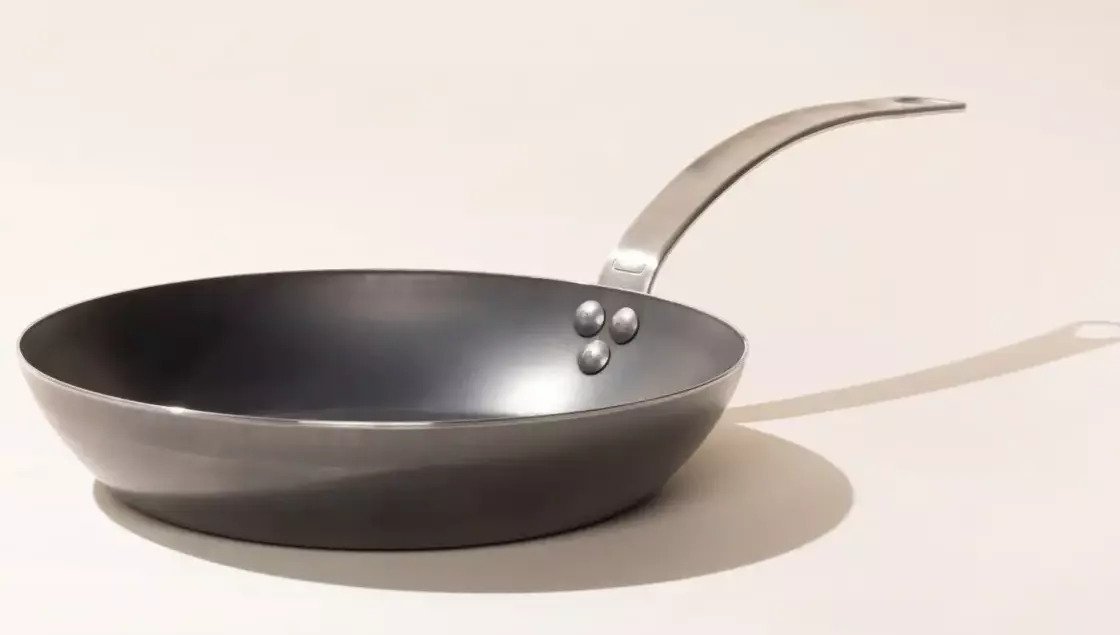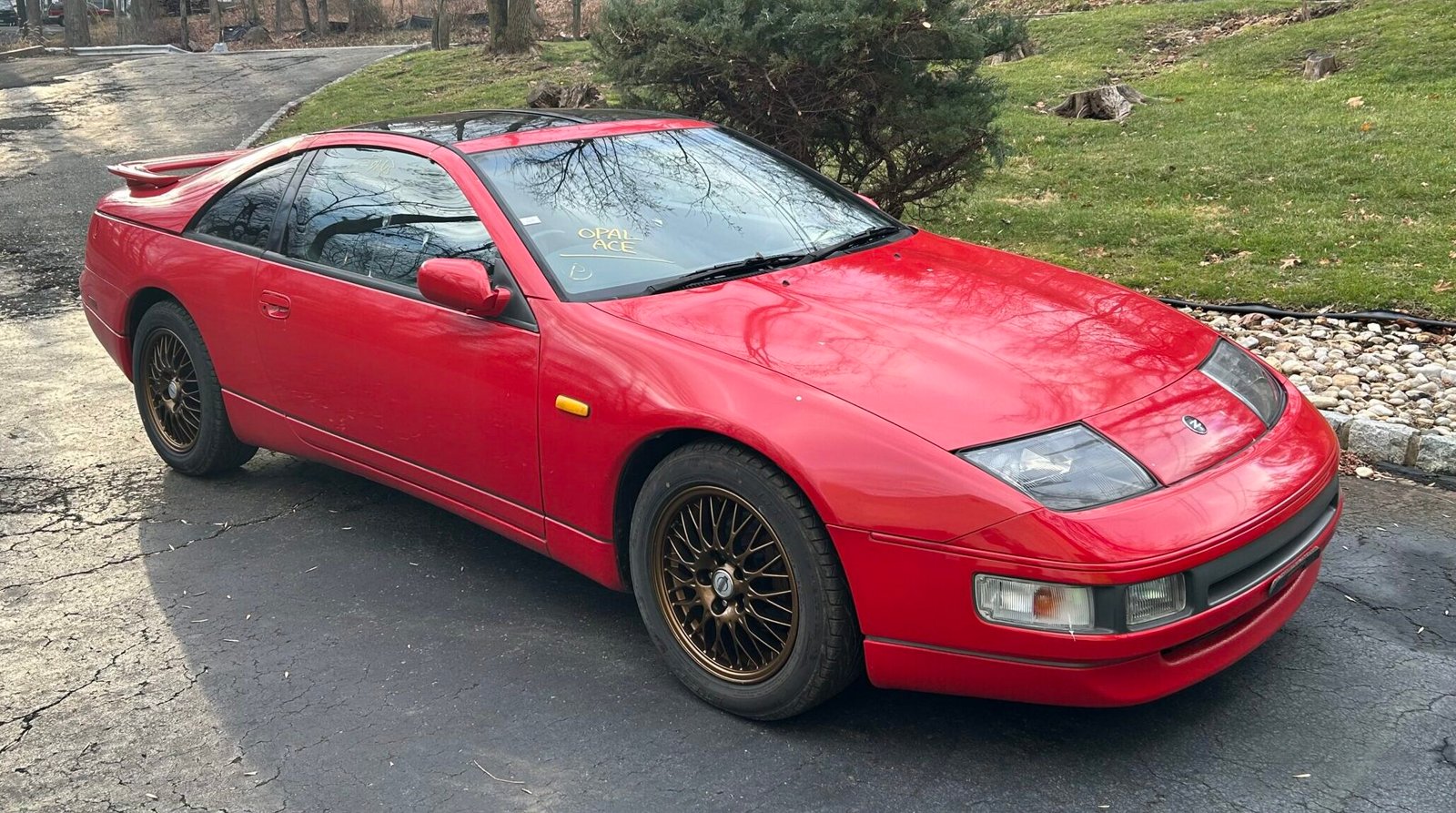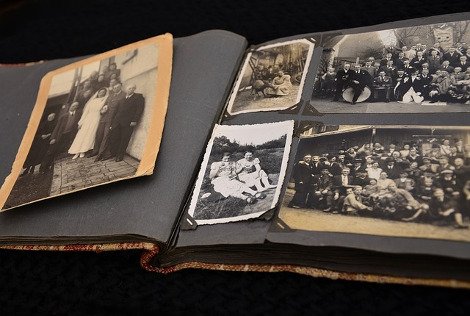Well, maybe it was a few days ago years old, but it’s still a very recent revelation,
What Are You Talking About?
I’ve been cooking for well over four decades. Yes, I’m in my mid-fifties now, but I am Gen X, and my “generation” learned skills when we were very young. So, of course, that included learning stove-top pots-and-pans cooking techniques when I was in my teens (at the latest). And, yes, that meant I was using a gas-flame stove while completely unsupervised. [No, I never burned down a house or set fire to anything other than what I was intentionally trying to set on fire (and one time, not even that – but that’s a whole other story and not related to cooking in the slightest).]
For forever, my “measure” of when a pan was ready for use was upon reaching sizzle temperature. I mean – toss some water in the pan and it sizzles and evaporates. For the extremely cooking-knowledgeable out there, I can already “hear” the forehead slaps.
And, again, for anyone who might know better, this would leave much of the food stuck to the bottom of the pan and I’d need to scrape it off later.
Enter God Mode Pans
I have a few cast iron pans, which I inherited from my mother. They are a treasure to me although I’ve long since retired them to the back of a cabinet because they’ve become crusted with “gunk” and decades of caked-on food debris. [One of my long term “missions” is to clean them off and restore them to fully-working mode.]
Cast iron cookware is largely considered to be excellent for heat distribution and retention. After all, the entire thing is just one hunk of metal. The sort of “industry standard” these days is some form of stainless steel cookware, typically with an aluminum core. I’ve had a set like that for easily a decade.
However, a few years ago, I stumbled on what are truly considered the modern “God Mode” for cookware – carbon steel. Without getting into the specific (which I really wouldn’t be able to explain with any usefulness and would largely just be copy-pasting the details from elsewhere), they share the benefits of cast iron, but are significantly lighter, making them comparable (in weight) to stainless-steel-plus-aluminum.
[Side note – years ago, my mother had mentioned if we were ever to get a wok, it absolutely had to be a carbon steel one, as those were the only ones worth having and using.]
So, I had, indeed, stumbled upon a modern (and USA-based) manufacturer and seller of … trumpet fanfare … carbon steel cookware. Needless to say, I purchased a couple of pans and a wok (which they also had and I felt blessed to finally find and purchase).
Carbon Steel Comes With A Price
And the price it comes with is not solely the one on the tag. Specifically, carbon steel – just like its cast iron equivalent – needs to be “seasoned”. This has nothing, however, to do with herbs and spices, but with getting the cooking surface “bonded” with a oil / grease / fat layer. There are a few techniques for properly seasoning cast iron and carbon steel and I dutifully performed these “rituals” as soon as my (new) sacred pans arrived.
One truly amazing aspect of carbon steel (as with cast iron) is – if they’re properly seasoned and used correctly, they are practically non-stick, almost as if they were true Teflon non-stick cookware. But, unlike the “real” non-stick pans, you can still use metal utensils and need not fear either scratching it or the eventual wear-and-tear and delamination which Teflon coatings inevitably suffer.
Indeed, carbon steel cookware, along with stainless, is considered an “industry standard”.
Using The God Mode Pans
With them properly seasoned, I started using them, expecting the “Gods of Cooking” to finally smile upon me with perfect pans which would not stick.
And … food stuck to the pans.
I was dejected. I was certain the pans were “perfect”, so there must be something wrong.
And Putting Them To The Side
With pans which, seemingly, performed no better than the ordinary stainless steel pans (or the ultra-cheap “non-stick” pan my younger son had purchased for use at home), I relegated my God Mode pans to the bottom of my rack of cookware, left to linger and occasionally glare at me spitefully
Enter Herr Doktor Leidenfrost
… specifically, Doktor Johann Gottlob Leidenfrost. You may not recognize his name, but there is a chemical reaction which is named for him – the Leidenfrost Effect.
To put it in the simplest possible terms – when water is introduced to a surface which is well past the boiling point of water (212°F / 100°C), there is a thin vapor layer which forms. This layer acts as an brief bit of insulation. If you’ve ever seen videos of (or heard of) people walking bare-footed across super-heated lava rocks, this is how that’s accomplished.
Also, if this is done in cookware, when you introduce water droplets to a pan, the water does not sizzle. Instead, the water droplets “dance”. (If you’ve never seen this in your own kitchen, you should go ahead and search for videos of this; it’s all right … I’ll wait and still be here when you’re done.)
What’s The Point?
If you wait until cookware reaches the Leidenfrost point, suddenly ordinary stainless steel (and, yes, carbon steel as well) can become non-stick.
This was a magical, mystical, and, dare I say it, spiritual, revelation when I discovered it.
A few days ago, I wanted to try it. I was getting ready to make breakfast for myself, and i wanted to make eggs. Rather than poaching them in water (which I’ve often done recently – and not solely to make cleaning up easier), I decided I would try this newly-understood technique.
And… And???
I took the smaller of the carbon steel pans I had and set it on the burner. With my eggs sitting in a small bowl and ready, I carefully and patiently applied a flame and waited as it heated up.
It reached the sizzle point in almost no time. Yes, carbon steel pans heat up quickly. But I knew it was still too soon. More time and the continued addition of heat was required.
It wasn’t too long before I casually dropped some water from my fingers into the pan. This time, the water drops didn’t immediately sizzle into nothingness. No, the water danced a bit in the bottom of the pan. I mentally started dancing at seeing this.
I pushed the lever down on the toaster (to get my bread slices starting to cook), applied the tiniest bit of olive oil to the bottom of the pan and coaxed it around. Then, with a held breath, I poured my eggs into the pan.
Trumpet fanfare!
After a few seconds, with the eggs clearly starting to cook evenly, I hesitantly applied a spatula to the underside of them … and discovered, much to my overwhelming joy – nothing was sticking! I could scarcely believe it. For decades, I had been doing this wrong!
A few moments later, I decided to risk things and flip the eggs over (with a spatula / turner, not doing a pan flip … I like not having half-cooked eggs scattered all over the surface of my stove, thank you). They whispered free of the pan like they couldn’t stand to be next to each other.
Once my toast was complete and sitting on the side of a plate, the eggs slide easily onto my plate, leaving, at most, a slightly glossy sheen behind – a slim reminder they had ever been in the pan to begin with.
The Aftermath
I set the pan aside so I could eat. Once I was finished, instead of having a torturous time applying a chain-mail scrubber to the bottom of the pan to scrape off every last piece of crusted-on food … a few swipes with a paper towel was more than sufficient to wipe it out.
Yes, carbon steel pans are, indeed, God Mode cookware … so long as you actually know how to use them.
Note
The cookware in the image is from Made In. The image shown is of the smaller (10-inch) pan, which is one of the ones I have. This is not sponsored and I doubt they know (or care) who I am. If you did find this interesting and are possibly in need of good cookware which will likely last several lifetimes, please feel free to go check them out. Their products (from my very limited experience) definitely seem to be well-made and I’m extremely happy with my purchases – even more so now that I truly understand how I should have been using these pans all along.






